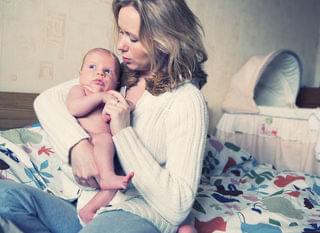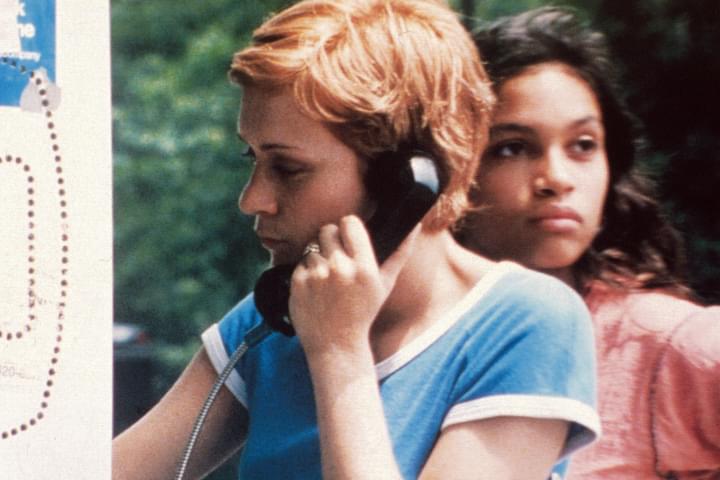The In-Vitro Fertilization Process and Success Rates
IVF represents the simple union of an egg with a sperm collected in-vitro (in the laboratory). The embryos are then transferred to the uterus through your cervix, which allows the operation to begin. The actual process consists of using ovulation inducers (drugs that induce ovulation), monitoring your hormone levels and doing ultrasound follicle scans.
Follicles
Follicles are some bags filled with liquid which reside inside both women's ovaries. Every woman is born with thousands of follicles, each containing an immature egg in their centre. Every month, due to body hormones, new follicles start to develop. The strongest of them attract the highest quantity of FSH (follicle stimulating hormone), a hormone which is secreted by the pituitary gland, leading to follicle rupture and egg release, while the remaining of the follicle dies. This represents the ovulation process.
Stimulation of follicular development
For in-vitro fertilization to be highly effective, several mature eggs must be extracted (not only one). Specialists in reproductive fertilization will attempt to remove all the viable follicles from your ovaries, so that they can fertilize more eggs. This means that the follicles will need to be artificially stimulated.
There are special drugs that you will need to take for follicle stimulation, which may include:
- Clomid
- FSH
- HMG.
These drugs can be administered orally or by subcutaneous injections for about 10 days.
Monitoring of follicle development
Timing is essential when it comes to eggs extraction. If the follicles over-develop, the eggs inside them will have fertilized too much to be of use. This may seriously affect the entire procedure, and to avoid this each ovary has to be monitored in order to track down your follicles growth. This is usually done by ultrasound. When the follicles reach the necessary maturity, the process of egg retrieval may begin.
The egg extraction process
The ovary extraction process is relatively simple. Follicles in both ovaries (right and left) are removed as part of the "follicular aspiration" process. This operation involves inserting a needle on the top part of your vagina until it gets close enough to the follicles. The needle will be then used to draw all follicles present in the ovary.
In order to direct the needle near your ovaries, you will get a trans-vaginal ultrasound. This operation allows the doctor to insert it in the right place. The entire procedure is performed under anaesthesia, so no pain will occur. Once the needle is set in the right position, the doctor will aspirate all follicles inside the ovaries with it. These follicles are then immediately examined under the microscope to assure the presence of viable eggs. Shortly after, the follicles are placed inside an incubator.
Depending on your fertility level and age, the doctor will extract anywhere between 5 and 20 eggs. The operation usually takes no more than 15-30 minutes.
Note!
After the egg's retrieval you will feel a slight tension in your abdomen. You may also feel a little dizzy because of the anaesthesia. After 2 hours of in-clinic monitoring, you will be permitted to go home. You may notice a slight vaginal discharge in red or brown shortly after. This is normal and not a reason to worry. The doctor may prescribe you some antibiotics to prevent any further infection.
The next stage after egg retrieval
After the egg retrieval process, all viable eggs are mixed with sperm sample from the chosen donor. These eggs are then grown overnight until their fertilization is complete. If they have been successfully fertilized you can start the last stage in the IVF treatment: the embryo transfer.
Success rates
By resorting to this procedure, couples seeking a new baby have a 28-30% rate of favourable outcome, which is very high considering that at the age of 20 a woman has only a 25% chance/month to conceive a baby naturally.
The guest post by Maya on behalf of Dr Michael Flynn's IVF clinic at Gold Coast.

When most women leave the hospital after having a baby, they receive a brochure about postpartum depression(PPD) that may feature a photo of a woman looking bereft, sad, ...

Rosie O’Donnell’s 17-year-old daughter Chelsea has been missing since last week, the TV star confirmed on her website. The teen and her 6-month-old therapy d...


Comment using Facebook